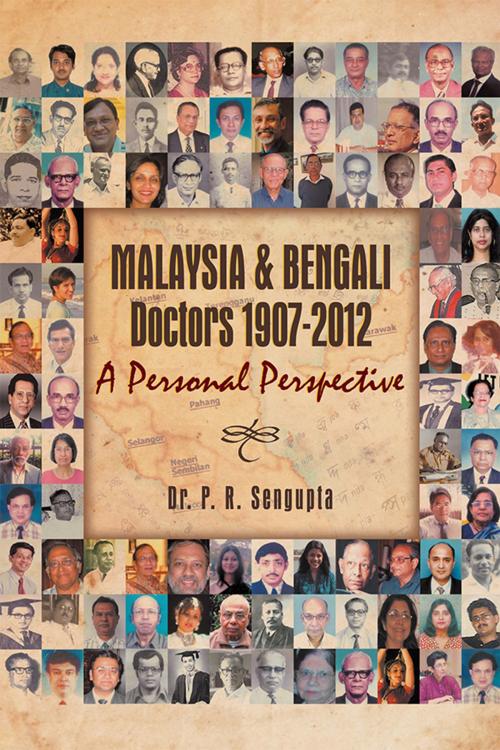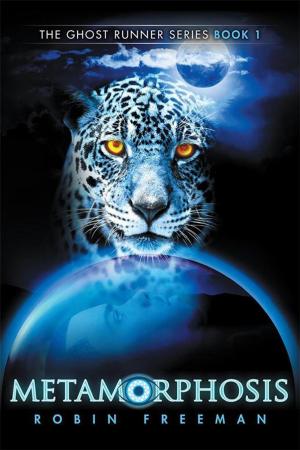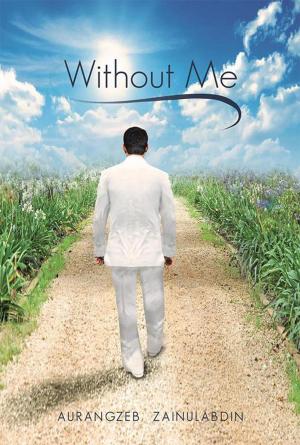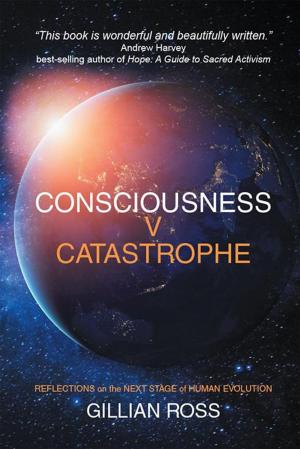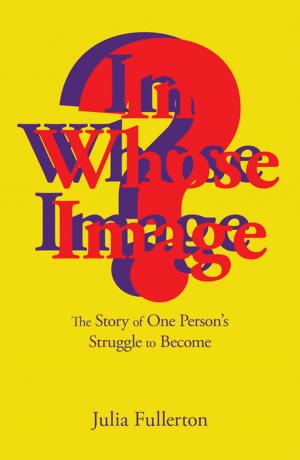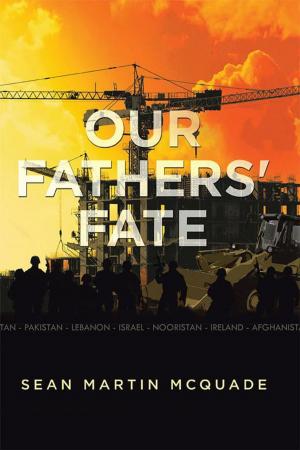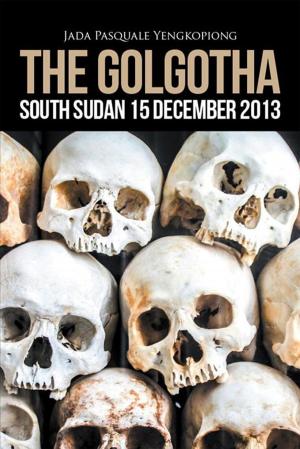| Author: | P. R. Sengupta | ISBN: | 9781479757671 |
| Publisher: | Xlibris AU | Publication: | March 23, 2013 |
| Imprint: | Xlibris AU | Language: | English |
| Author: | P. R. Sengupta |
| ISBN: | 9781479757671 |
| Publisher: | Xlibris AU |
| Publication: | March 23, 2013 |
| Imprint: | Xlibris AU |
| Language: | English |
The past century has been an exciting era for the Bengalis in Malaysia attempting to preserve our identity and cultural heritage. However with the dilution of the community the radar for the coming years is misty. In the course of our efforts to uphold our identity and provide services to the public and be counted, we have not lost sight of our primary professional responsibility as doctors. Many have contributed towards the advancement of the profession by actively participating in research as well as providing financial grants. It is an opportune time to write this book. Our identity might be totally lost in the next 100 years except for the imposing edifice of Bengal House in Port Dickson, Negri Sembilan to bear testimony to the once thriving, vibrant proud Bengali community. The publication would be collecting dust and cobwebs and would be useful only to historians possibly excavating into our possible extinct past. Since commencing this book, two very prominent senior members have passed away, and it is most unfortunate that they have not seen this humble effort. We live in a global world transcending geographical boundaries and preservation of the last vestiges of our heritage should be the responsibility of each and every one of us. The objectives of undertaking this Herculean task which hopefully have been fulfilled were an attempt to: Compile a list of Bengali doctors since their first arrival more than 100 years ago in what was then Malaya together with the subsequent 2nd & 3rd generation doctors born here. Some names might have been left out inadvertently for which sincere apologies are extended while a handful had not responded to repeated efforts to contact them or their next of kin. Explore the reasons for their migration. Many who were from the same district of East Bengal as Rai Bahadur Dr Sarojininath Bardhans and were related to him through his marriages were probably influenced by his success. Some arrived to avoid political persecutions. Global conditions such as World Wars I &II and the Great Depression of the 1930s obviously played an important part in the decision making process. The Post World War II years witnessed the return of local doctors whose studies were interrupted and a couple had harrowing experiences to narrate. Some contract doctors were also recruited directly by private local clinics. Highlight the decades of the 50&60s which could be rightly considered as the golden era for the Bengali doctors. There were insufficient numbers of local graduates to fill the posts as most of the Chinese doctors went into the vast lucrative private sector while very few Malays had taken up Medicine. Although a large number had applied from Bengal, only about 35-40 doctors including a few with post graduate qualifications were recruited. Some climbed up the ranks and became senior administrative officers, appointed not on the basis of availability but because of their capability and proven track records. In the1960s, the Medical Faculty of University of Malaya was established in Kuala Lumpur and some Calcutta graduates with post graduate qualifications from the United Kingdom were offered key posts to help jump start certain disciplines. This was an excellent testimony of the academic standards of Calcutta University graduates. These two decades also witnessed the successes of the 2nd generation Bengalis with a couple completing their post graduate medical studies in double-quick time. The first Malaysian Radiologist to start Angiographic studies and to be awarded a neuro-vascular fellowship in Sweden in 1968/69 was a Bengali. In view of the limited number of super scale posts, many however were given glorified titles of State Physicians or Surgeons despite being only Clinical Specialists! Reiterate the contributions of Bengali doctors towards the Malayanisation of the medical and health services in the two states of Sabah & Sarawak in early 1970s. The efforts of Dr. Rabindranath Roy in unifying
The past century has been an exciting era for the Bengalis in Malaysia attempting to preserve our identity and cultural heritage. However with the dilution of the community the radar for the coming years is misty. In the course of our efforts to uphold our identity and provide services to the public and be counted, we have not lost sight of our primary professional responsibility as doctors. Many have contributed towards the advancement of the profession by actively participating in research as well as providing financial grants. It is an opportune time to write this book. Our identity might be totally lost in the next 100 years except for the imposing edifice of Bengal House in Port Dickson, Negri Sembilan to bear testimony to the once thriving, vibrant proud Bengali community. The publication would be collecting dust and cobwebs and would be useful only to historians possibly excavating into our possible extinct past. Since commencing this book, two very prominent senior members have passed away, and it is most unfortunate that they have not seen this humble effort. We live in a global world transcending geographical boundaries and preservation of the last vestiges of our heritage should be the responsibility of each and every one of us. The objectives of undertaking this Herculean task which hopefully have been fulfilled were an attempt to: Compile a list of Bengali doctors since their first arrival more than 100 years ago in what was then Malaya together with the subsequent 2nd & 3rd generation doctors born here. Some names might have been left out inadvertently for which sincere apologies are extended while a handful had not responded to repeated efforts to contact them or their next of kin. Explore the reasons for their migration. Many who were from the same district of East Bengal as Rai Bahadur Dr Sarojininath Bardhans and were related to him through his marriages were probably influenced by his success. Some arrived to avoid political persecutions. Global conditions such as World Wars I &II and the Great Depression of the 1930s obviously played an important part in the decision making process. The Post World War II years witnessed the return of local doctors whose studies were interrupted and a couple had harrowing experiences to narrate. Some contract doctors were also recruited directly by private local clinics. Highlight the decades of the 50&60s which could be rightly considered as the golden era for the Bengali doctors. There were insufficient numbers of local graduates to fill the posts as most of the Chinese doctors went into the vast lucrative private sector while very few Malays had taken up Medicine. Although a large number had applied from Bengal, only about 35-40 doctors including a few with post graduate qualifications were recruited. Some climbed up the ranks and became senior administrative officers, appointed not on the basis of availability but because of their capability and proven track records. In the1960s, the Medical Faculty of University of Malaya was established in Kuala Lumpur and some Calcutta graduates with post graduate qualifications from the United Kingdom were offered key posts to help jump start certain disciplines. This was an excellent testimony of the academic standards of Calcutta University graduates. These two decades also witnessed the successes of the 2nd generation Bengalis with a couple completing their post graduate medical studies in double-quick time. The first Malaysian Radiologist to start Angiographic studies and to be awarded a neuro-vascular fellowship in Sweden in 1968/69 was a Bengali. In view of the limited number of super scale posts, many however were given glorified titles of State Physicians or Surgeons despite being only Clinical Specialists! Reiterate the contributions of Bengali doctors towards the Malayanisation of the medical and health services in the two states of Sabah & Sarawak in early 1970s. The efforts of Dr. Rabindranath Roy in unifying
